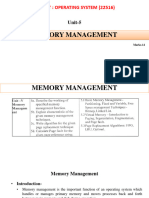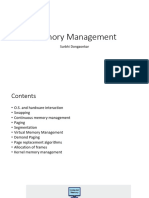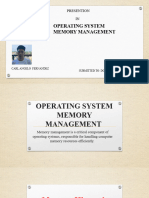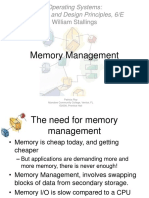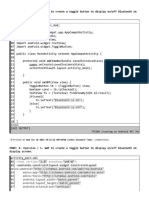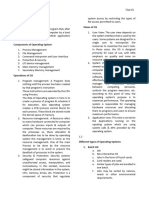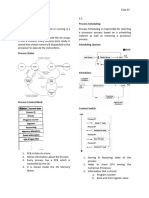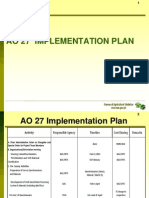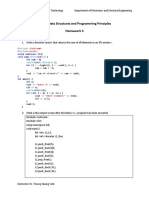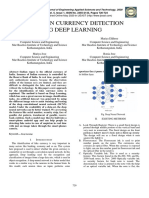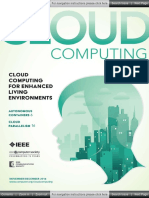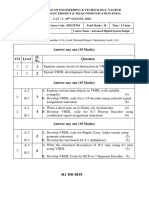0% found this document useful (0 votes)
66 views3 pagesOperating System Unit 5
This document discusses memory management techniques in operating systems including:
1) Memory partitioning which divides memory into fixed or variable sized blocks for processes.
2) Free space management techniques like bit vectors and linked lists which track available memory blocks.
3) Virtual memory which uses secondary storage like hard disks as an extension of physical memory using paging.
4) Paging which breaks processes into pages that are stored in frames in physical memory.
Uploaded by
nagbalidhumal.2005Copyright
© © All Rights Reserved
We take content rights seriously. If you suspect this is your content, claim it here.
Available Formats
Download as PDF, TXT or read online on Scribd
0% found this document useful (0 votes)
66 views3 pagesOperating System Unit 5
This document discusses memory management techniques in operating systems including:
1) Memory partitioning which divides memory into fixed or variable sized blocks for processes.
2) Free space management techniques like bit vectors and linked lists which track available memory blocks.
3) Virtual memory which uses secondary storage like hard disks as an extension of physical memory using paging.
4) Paging which breaks processes into pages that are stored in frames in physical memory.
Uploaded by
nagbalidhumal.2005Copyright
© © All Rights Reserved
We take content rights seriously. If you suspect this is your content, claim it here.
Available Formats
Download as PDF, TXT or read online on Scribd
/ 3






























